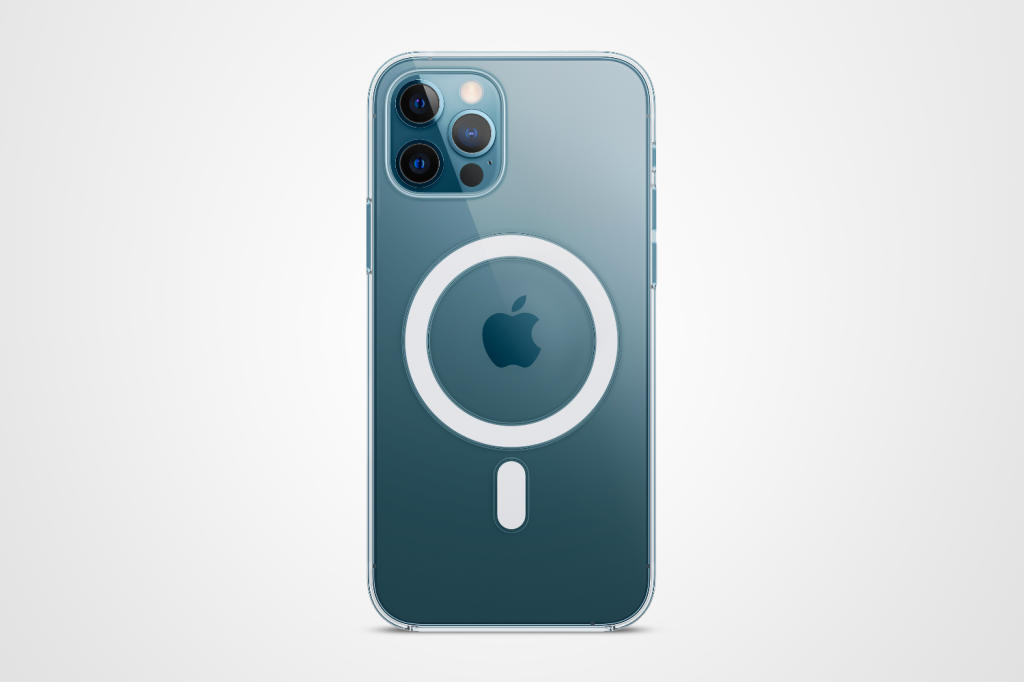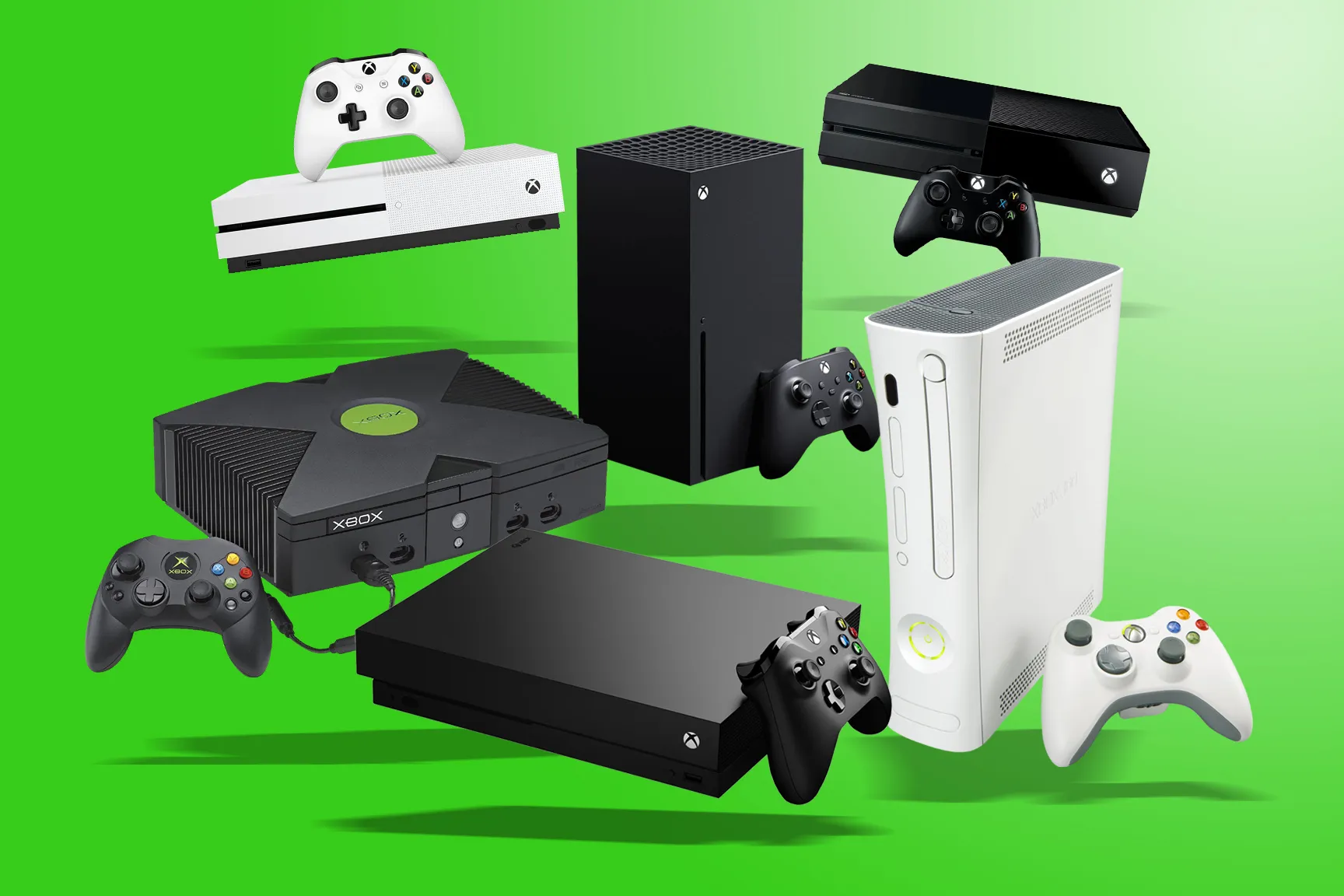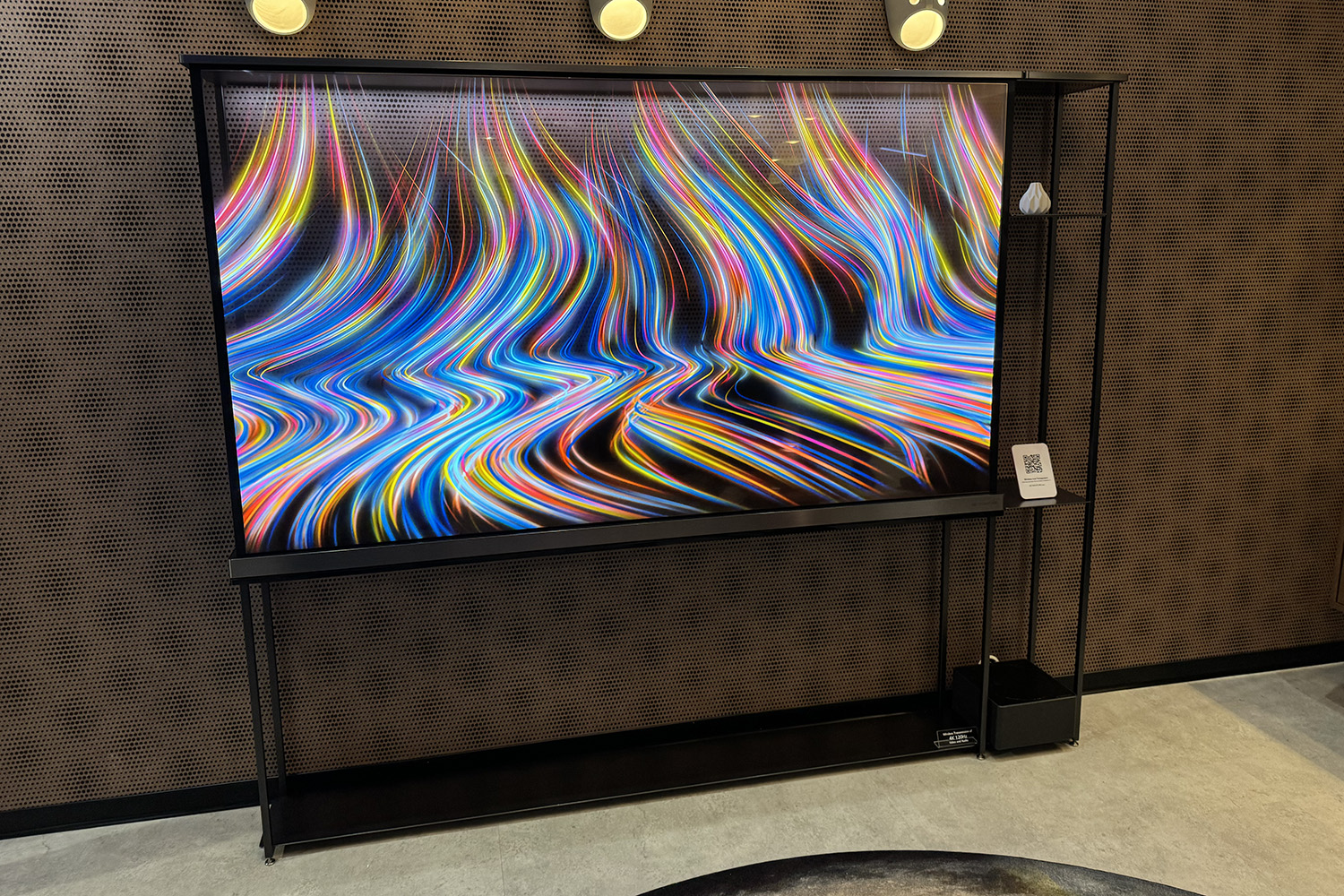Wireless charging isn’t particularly new, the feature’s been around for a while now. Most devices offering wireless charging use the Qi standard to offer the same experience across all devices. It means that the core wireless charging technology inside pretty much every smartphone is the same. But an update to the standard, dubbed Qi2, builds on Apple‘s MagSafe charging tech.
What is Qi2?
Proposed by Apple itself, Qi2 incorporates magnets around the charging coils – just like MagSafe. The group of companies that agree to the standard (the WPC) explained that “Apple provided the basis for the new Qi2 standard, building on its MagSafe technology”.
Thanks to the magnets in the new charging standard, devices will perfectly lock into wireless chargers. This means charging will be quicker and more energy efficient, plus charging pads can be smaller. Essentially, all the charging benefits of MagSafe come with Qi2. It also means other smartphone manufacturers can get in on magnetic accessories, although they won’t be cross-compatible.

With the EU’s USB-C enforcement in the back of tech companies’ minds, this new charging standard could aide future developments. Only devices offering wired charging have to conform to the rules. So, Qi2 could provide a supported charging standard for portless smartphones. It’s long been rumoured that Apple will drop the port from its iPhone entirely – and it’s never seemed more possible than now.
Which devices support it and when will my smartphone get it?
Qi2 started rolling out back in 2023. So far, a bunch of smartphones support the new standard – most of which are iPhones. Here’s a full list of devices with Qi2 support:
But, most of the major Android smartphone manufacturers are missing the feature. For now, at least. A recent leak suggests that the Galaxy S25 series will support Qi2 when it rolls out at the beginning of 2025. And after that, we expect other major Android smartphones to follow suit, such as the Pixel 10 and next major OnePlus release. I imagine 2025 will be the year of Qi2.
Note that Qi2 requires new hardware (namely, the magnets), so it won’t come to the smartphone currently in your pocket. You’ll have to wait for your next upgrade.













